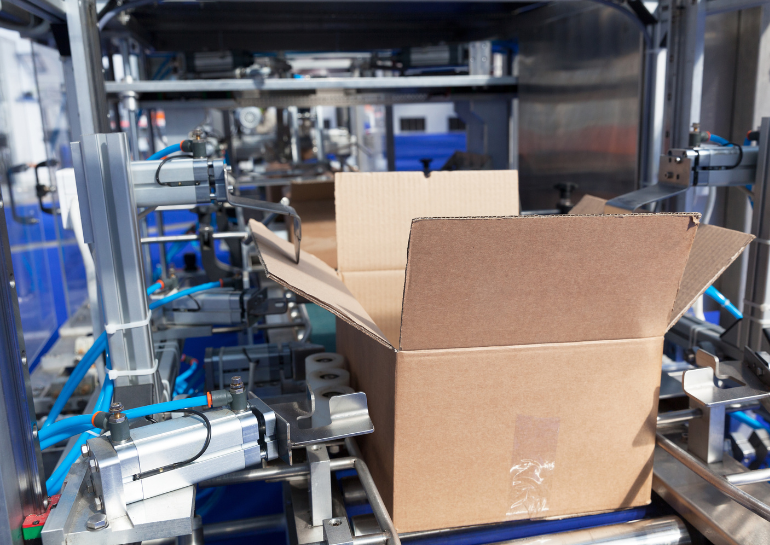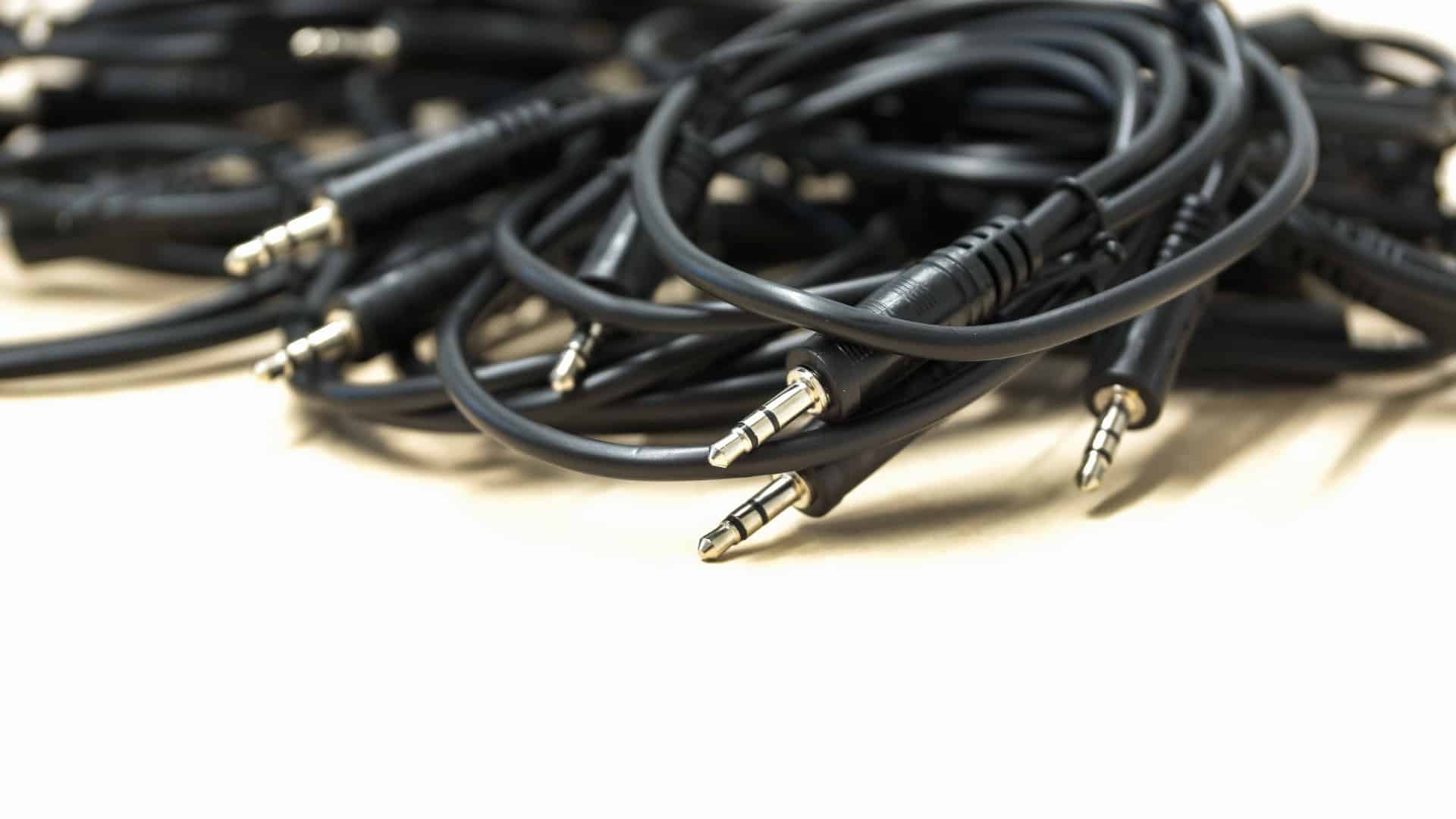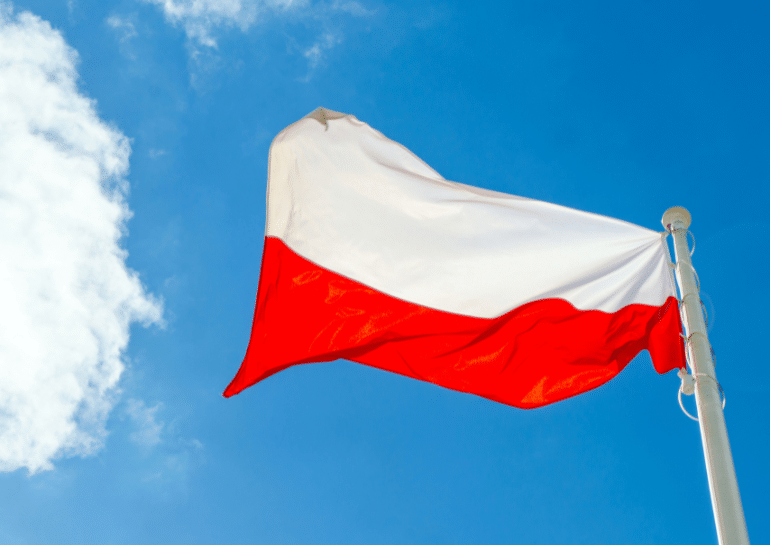Your business faces a 2026 deadline for the EU’s new packaging rules. This guide outlines the critical changes in recycling, reuse, and labeling to ensure you achieve full compliance.
For Quick Readers
- The PPWR becomes fully applicable on August 12, 2026, requiring immediate action from all affected companies.
- By 2030, all packaging must be recyclable, and plastic packaging must meet recycled content targets of at least 30%.
- The regulation mandates significant increases in reusable packaging and limits void space in shipping boxes to 50% by 2030.
Master the Packaging and Packaging Waste Regulation Now
The European Union has replaced the previous Packaging Directive 94/62/EC with the far-reaching Packaging and Packaging Waste Regulation (PPWR). This regulation introduces binding, EU-wide rules for the entire lifecycle of packaging, affecting nearly every manufacturer, importer, and online retailer operating within the EU. With most provisions taking effect from August 12, 2026, the time to overhaul your packaging strategy is now. Failing to adapt to new requirements for recyclability, reuse, and waste reduction will result in significant operational and financial penalties. This article details the specific actions you must take to ensure your business remains compliant and competitive.
The Packaging and Packaging Waste Regulation (PPWR) aims to cut packaging waste by 15% by 2040 compared to 2018 levels. It establishes harmonized EU-wide rules, replacing the varied national approaches under the old directive. The regulation officially entered into force on February 12, 2025, with an 18-month transition period before it becomes fully applicable.
This means your business must comply with most new requirements by August 12, 2026. Key measures include stricter limits on heavy metals like cadmium and lead, which must be below 100 mg/kg in any packaging component. The regulation also bans packaging with high levels of PFAS (per- and polyfluorinated alkyl substances) above 25 parts per billion from August 2026. These initial requirements set the stage for a series of phased-in targets affecting every aspect of your packaging design and logistics.
Understand the PPWR’s Core Mandates and Deadlines
A central pillar of the PPWR is ensuring all packaging on the EU market is recyclable by 2030. By December 31, 2025, member states must achieve a 65% recycling rate for all packaging waste, with specific targets like 50% for plastic and 75% for paper. The regulation goes further, demanding that by 2035, all packaging must demonstrate it can be recycled at scale.
The PPWR also mandates minimum recycled content in new plastic packaging from 2030. For instance, most plastic packaging will need to contain at least 30% recycled material. These targets require a fundamental shift in material sourcing and supply chain management. For more on how these changes affect your obligations, see our guide on Extended Producer Responsibility for packaging.
Here are the key recycled content targets for plastic packaging effective from January 1, 2030:
- Contact-sensitive packaging (excluding single-use beverage bottles) made from PET must contain at least 10% recycled content.
- Single-use plastic beverage bottles must contain a minimum of 30% recycled content.
- Other plastic packaging must incorporate at least 35% recycled material.
These requirements tighten further by 2040, with the ‘other plastic packaging’ category rising to a 65% recycled content mandate. Now is the time to secure your supply of recycled materials.
Meet Mandatory Recycling and Recycled Content Targets
The PPWR introduces aggressive targets to promote reusable packaging systems. For transport packaging used between company sites, 100% must be reusable by 2030. For sales and overpacks, at least 40% must be part of a reuse system by 2030, a figure that climbs to 70% by 2040.
Waste minimisation is another key focus, with a ban on unnecessary packaging. Starting in 2030, the empty space in B2B and B2C shipment packaging cannot exceed a 50% ratio. This rule forces a complete re-evaluation of box sizes and void-fill materials. The regulation also bans specific single-use plastic formats, such as those for small fresh fruit and vegetable packs under 1.5kg. You can learn more about the broader context in our article on the German Packaging Act.
Implement New Reusability and Waste Minimisation Rules
To improve consumer sorting and increase recycling quality, the PPWR mandates a new, harmonized labeling system across the EU. By 2028, packaging must feature labels indicating its material composition and reusability status. This includes clear symbols and, in many cases, a QR code providing detailed disposal and reuse information.
These labels are not optional; they are a core part of the compliance framework. By 2030, information on substances of concern within the packaging material must also be included on the label. Incorrect labeling can be treated as a compliance failure, leading to penalties. For a deeper dive into current rules, read our post on mandatory packaging labeling in the EU. Preparing for these changes requires coordination between your design, production, and compliance teams well before the 2028 deadline.
Comply with New Harmonized Labeling Requirements
The transition to the Packaging and Packaging Waste Regulation is not a distant event; the first major deadline is less than two years away. Companies that delay action risk significant fines, market access denial, and supply chain disruptions. The complexity of redesigning packaging, establishing reuse systems, and securing a supply of recycled materials requires strategic planning that must begin today.
Waiting until 2026 to address these comprehensive requirements is not a viable strategy. You must assess your current packaging portfolio against every aspect of the PPWR, from material composition to structural design and labeling. This is a complex task that requires specialized knowledge of the regulation’s 100-plus articles. For an overview of the regulation, see our explanation: What is the PPWR in Germany?
To avoid penalties and ensure a smooth transition, you must act now. If you have not yet started preparing for the PPWR, your business is already behind schedule. Contact Deutsche Recycling today for an expert consultation to bring your company into compliance as quickly as possible. Our specialists manage the entire process, from analysis to implementation, guaranteeing 100% legal conformity and letting you focus on your core business.
Take Action Now to Ensure PPWR Compliance
FAQ
What are the key deadlines I need to know for the PPWR?
The most critical deadline is August 12, 2026, when most rules become applicable. Other key dates include 2030, when all packaging must be recyclable and meet recycled content/reusability targets, and 2035, when packaging must be proven to be recycled at scale.
My company is not based in the EU, does the PPWR still apply to us?
Yes. If you sell packaged goods to customers within any EU member state, including through online channels, you are subject to the PPWR. You must ensure your packaging complies with all requirements to maintain access to the EU market.
What is the difference between the old Packaging Directive and the new PPWR?
The old directive set goals that member states had to translate into national law, leading to fragmented rules. The PPWR is a regulation, meaning its rules are directly and uniformly applicable across all 27 EU member states, creating a single, harmonized legal framework.
How can Deutsche Recycling help my business comply with the PPWR?
Deutsche Recycling offers a full-service solution for PPWR compliance. We analyze your current packaging portfolio, identify gaps, and manage the entire implementation process to ensure you meet all legal requirements for recyclability, reuse, labeling, and reporting. Contact us for a personalized consultation to secure your compliance.
What are the new rules for void space in packaging?
Starting in 2030, the percentage of empty space (void fill) in transport and e-commerce packaging is limited to a maximum of 50%. This requires companies to optimize their packaging sizes to fit the products being shipped more closely.
Are there any materials that are banned under the PPWR?
Yes. From August 2026, packaging containing per- and polyfluorinated alkyl substances (PFAS) above specific limits is banned. The regulation also bans certain single-use plastic formats, such as those for small fruit and vegetable packages and miniature hotel toiletries.
More Links
German Environment Agency provides information on the Packaging Act and producer responsibility in waste management.
Central Agency Packaging Register offers Frequently Asked Questions about the packaging register.
German Bundestag provides a document (PDF) with information related to packaging regulations.
German Federal Ministry for the Environment, Nature Conservation, Nuclear Safety and Consumer Protection offers insights into packaging waste within the circular economy framework.
Wikipedia provides an overview of the German Packaging Act (Verpackungsgesetz).
Wikipedia offers an article on the Central Agency Packaging Register (Zentrale Stelle Verpackungsregister).
Wikipedia details the German Packaging Ordinance (Verpackungsverordnung), the predecessor to the Packaging Act.
German Environment Agency offers information on packaging and producer responsibility in waste management.






